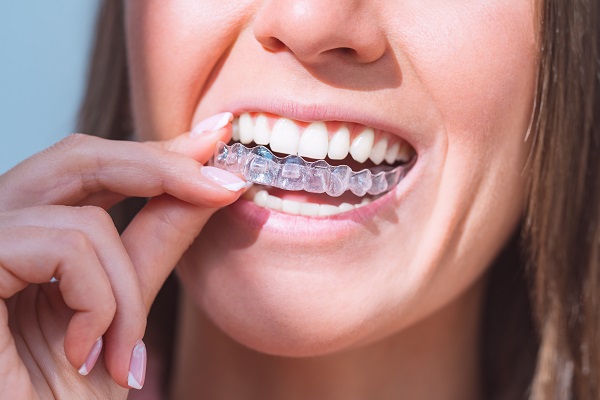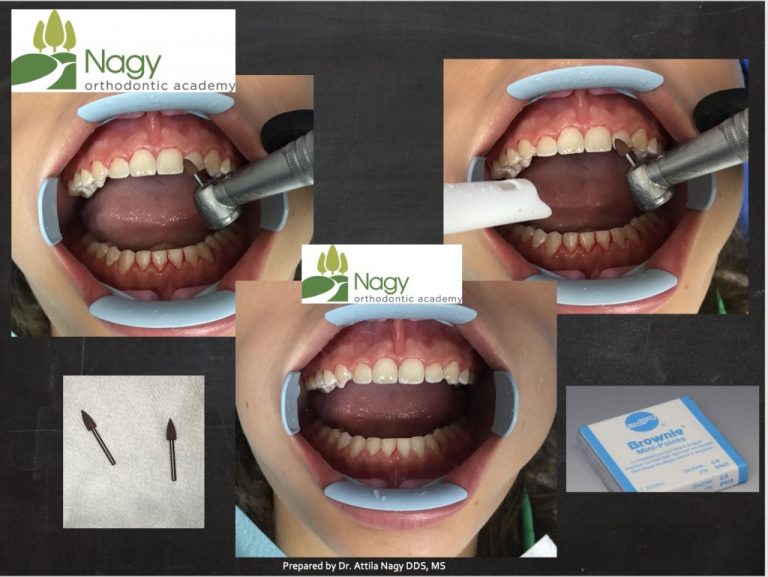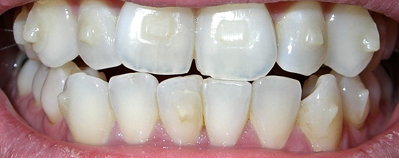Invisalign Issues: Top 5 Problems and Their Solutions
Last Updated on 4 months by DR. ALBIN SIPES
Invisalign issues often arise from improper fitting, leading to discomfort and ineffective treatment. Regular check-ins with your orthodontist can resolve most problems.
Invisalign has revolutionized orthodontics with its clear aligners, offering a discreet alternative to traditional braces. Many people appreciate the comfort and flexibility that Invisalign provides. However, issues can still occur during treatment, affecting the overall experience. Common problems include discomfort from misaligned trays, difficulty keeping aligners clean, and challenges with adherence to wearing schedules.
Understanding these potential issues can help users navigate their Invisalign journey more effectively. By being proactive and consulting with an orthodontist, patients can ensure they stay on track for a straighter smile. Awareness of these concerns can make the process smoother and more successful.

Credit: invisalignbrickell.com
Introduction To Invisalign
Invisalign has become a popular choice for many people. This clear aligner system is a great option for teeth straightening. It offers a discreet way to achieve a beautiful smile.
The rise of clear aligners has changed the orthodontic landscape. Many people prefer them over traditional braces. Clear aligners are comfortable and easy to remove. They fit seamlessly into daily life.
Invisalign’s popularity is due to its effectiveness. Many users report positive results within a few months. The treatment plan is customized for each individual. This personal approach makes it appealing.
Common Invisalign Problems
Many people face aligner challenges during their Invisalign journey. Some common problems include discomfort and fitting issues. Aligners may feel tight or cause soreness. This often happens in the first few days of wearing a new set.
Staining can also be a concern. Drinking colored beverages while wearing aligners can lead to discoloration. Always remove aligners before eating or drinking anything other than water.
Another frequent issue is losing aligners. Misplacing them can delay treatment. Keep aligners in a safe place when not in use.
Lastly, compliance is crucial. Not wearing aligners for the recommended hours can slow down progress. Aim for at least 22 hours daily for the best results.
Discomfort And Pain
Aligners can cause discomfort and pain for various reasons. Pressure from new aligners can lead to soreness. Sharp edges may irritate the gums and cheeks. Adjusting to the aligners takes time, causing initial discomfort. Misalignment can also result in extra pressure on certain teeth.
To reduce pain, try these tips:
- Use orthodontic wax on sharp edges.
- Take over-the-counter pain relief medication if needed.
- Eat soft foods during the first few days.
- Wear aligners as recommended to help with adjustment.
- Stay hydrated to keep your mouth comfortable.
&srotate=0)
Credit: orthodontics.mintdentistry.com
Improper Fit And Alignment
Improper fit and alignment can cause many Invisalign issues. The causes of misfit include:
- Incorrect initial measurements
- Teeth shifting during treatment
- Not wearing aligners for the required time
- Wearing damaged aligners
To adjust for a better fit, consider these steps:
- Visit your orthodontist regularly
- Ensure aligners are clean and undamaged
- Follow the wearing schedule closely
- Communicate any discomfort to your orthodontist
Speech Difficulties
Many people face speech difficulties while wearing Invisalign aligners. Speaking with aligners can feel strange. It may take time to adjust to them. Clear pronunciation is important for effective communication.
To help improve speech clarity, try these simple exercises:
- Read aloud every day to practice sounds.
- Repeat difficult words several times.
- Record yourself speaking to spot issues.
- Practice tongue twisters for fun and skill.
Stay patient and keep practicing. Over time, speaking with aligners will feel easier and more natural.

Credit: www.mediacenterdental.com
Hygiene And Maintenance
Cleaning your aligners is essential for maintaining oral health. Rinse them with cold water daily. Use a soft toothbrush to gently scrub the aligners. Avoid using toothpaste, as it can scratch the surface. Soak aligners in a cleaning solution once a week.
Oral hygiene practices are crucial for the best results. Brush your teeth at least twice a day. Floss daily to remove food particles between teeth. Always clean your aligners before putting them back in your mouth. Regular dentist visits help monitor your progress.
| Practice | Frequency |
|---|---|
| Rinse Aligners | Daily |
| Brush Teeth | Twice a Day |
| Floss | Daily |
| Soak Aligners | Weekly |
Treatment Delays And Setbacks
Many factors can cause treatment delays with Invisalign. Common issues include missing appointments and not wearing aligners as directed. If you lose an aligner, it may slow progress. Complex dental problems can also extend your timeline.
To stay on track, follow these tips:
- Wear your aligners for at least 20 to 22 hours daily.
- Attend all scheduled check-ups with your dentist.
- Keep track of your aligner changes and appointments.
- Communicate any concerns with your orthodontist quickly.
Cost And Insurance Considerations
The cost of Invisalign can vary greatly. Many factors influence the overall price. These factors include your location, treatment length, and complexity. Insurance often covers part of the cost. Check your plan for specific details.
Many dental plans include orthodontic benefits. These benefits may reduce your out-of-pocket expenses. Speak with your insurance provider to understand your coverage. Some plans might require a waiting period before benefits kick in.
Payment options are available for Invisalign treatments. Many dental offices offer financing plans to help manage costs. Monthly payments can make treatment more affordable. Always ask about discounts for upfront payments.
Conclusion
Dealing with Invisalign issues can be challenging, but solutions are available. Open communication with your orthodontist is key. They can help address any concerns effectively. Remember, patience is essential during your treatment. Stay committed to your journey for a confident smile.
Embrace the process, and enjoy the results that follow.


